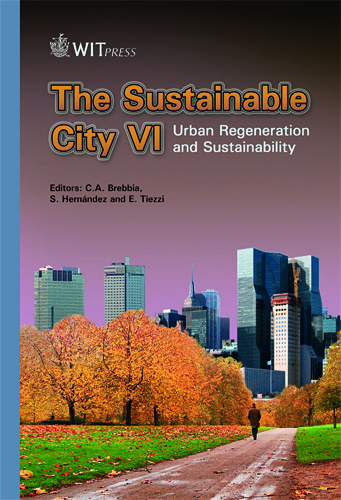Sustainable Urbanization In The Context Of Environmental Chemistry And Life Cycle Issues
Price
Free (open access)
Transaction
Volume
129
Pages
12
Page Range
649 - 660
Published
2010
Size
785 kb
Paper DOI
10.2495/SC100551
Copyright
WIT Press
Author(s)
P. Peltonen & H. Mälkki
Abstract
The article approaches present phenomena in urbanization, such as population increase, urban sprawl, heat island and dust dome trap problems. Environmental impacts such as climate change, acidification, toxic substances and wastes are evaluated. After a background survey, the article proceeds to the chemistry of the urban environment, and focuses on recent phenomena in ozone formation. European inventories in environmental city chemistry are surveyed. One problem is the bad ozone ground-layer troposphere. Particulate matter concerns exposure of urban population. Acidifying pollutants and other air pollutants such as lead, benzene, cadmium and mercury in urban air are evaluated. The objective is to find remarks which could be exploited when planning overall urban wellbeing for the future. To this belongs obligations, standards, other guidance, sustainability of urban housing, health questions and education. The aim is to find updated tools for urban environmental management in urban rivers, sewage waters, wastes and recycling with their life cycle issues together with their consumption. Keywords: urbanization, emissions, environmental impacts, chemical and metal pollutants, guidance, life-cycle issues. 1 Introduction For the first time in human history, more people are living in towns and cities than in rural areas. Europe is one of the most urbanized continents. Approximately 75% of its population live in urban areas; by 2020, this will be 80%. As a result, the demand for land in and around cities is becoming acute; urban sprawl is re-shaping landscapes and affecting people’s quality of life and
Keywords
urbanization, emissions, environmental impacts, chemical and metal pollutants, guidance, life-cycle issues





